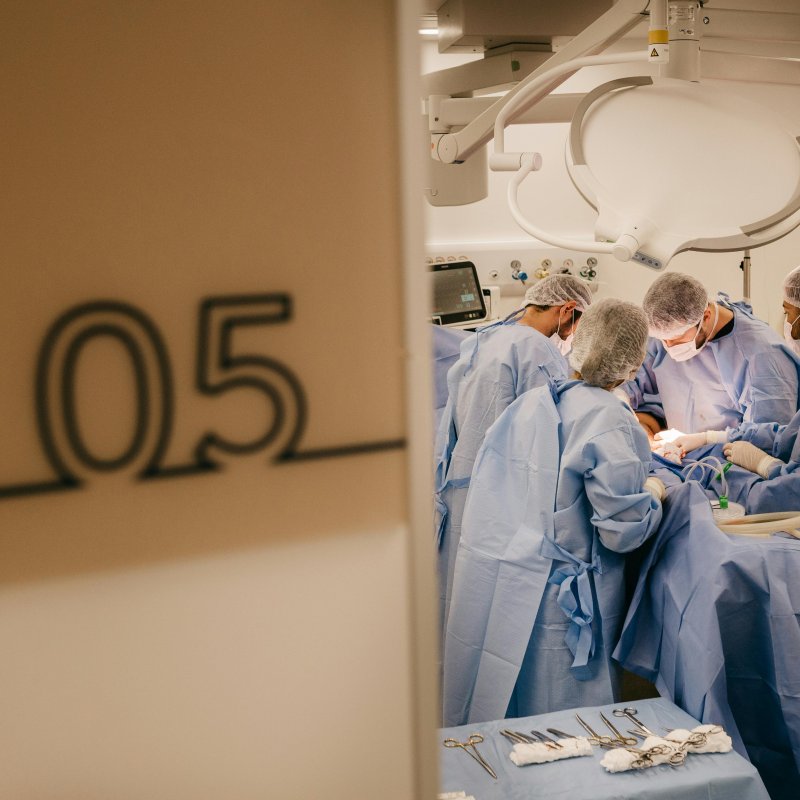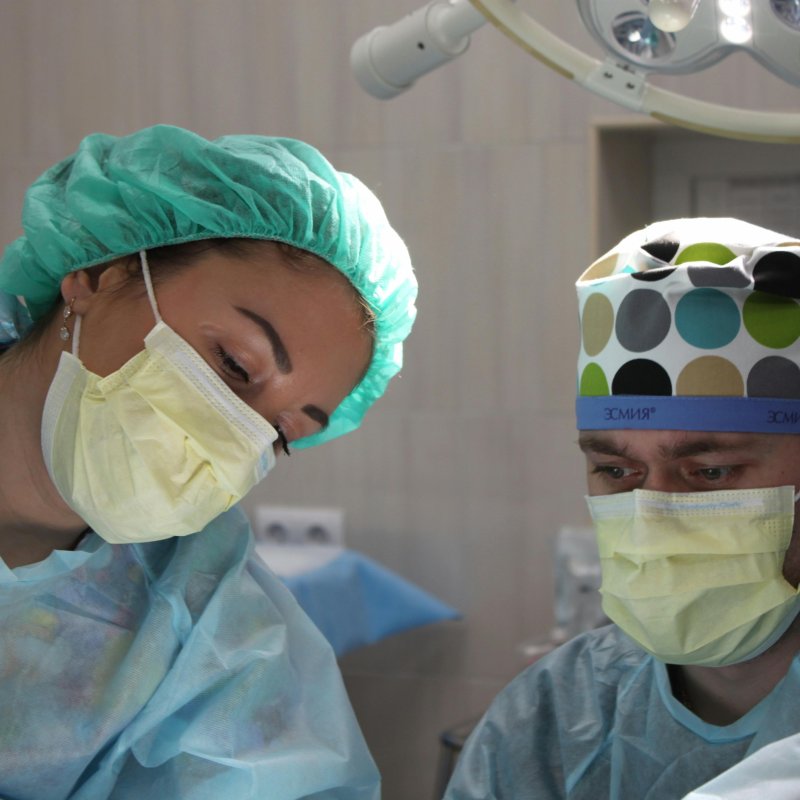Contact Us
+44 20 32897141 / 1 Pickle Mews, London, SW9 0FJ
How VR MedTech Training Supports Growing Sustainability Agenda
Published
Jul 22, 2024
Tags
Sustainable healthcare is a rapidly evolving area, where healthcare facilities are adapting practices to lessen both their carbon and environmental footprint. As a crucial component of how any hospital or care facility operates, medical devices and equipment have a significant role to play in building a greener future in healthcare.
The Need for Sustainable Healthcare
According to the Royal College of Surgeons of England (RCS), medical devices and consumables is the largest carbon hotspot where healthcare providers should target their sustainability initiatives when it comes to surgical operations. In England, the NHS accounts for 25% of all public sector greenhouse gases, with two-thirds attributable to the use of medicines, medical equipment and supply chains. These statistics focus on the consumption of devices, and their associated energy or waste output once in the NHS, but it does not consider the preceding carbon emissions.
In this blog, we will hone in on the carbon emissions associated with medical device training as it’ not always explored when considering the carbon footprint of MedTechs. Further to this, we will explore how virtual reality (VR) could help to minimise the carbon impact during the training stage.
Traditional Medical Device Training Models
There are more than 2 million medical technologies available in hospitals, community care settings and in homes across Europe. The technology is always evolving due to the continuous innovation being delivered. The MedTech Europe report stated that many devices now only have a lifecycle of 18-24 months before an improved product becomes available. This constant flow of innovative technology leads to the following situations; a highly-competitive market for MedTech’s and medical professionals having to consistently learn how to operate new devices.
Traditionally, medical device training would have been an in-person activity. Medical device sales and training representatives would have to travel the length and breadth of the country to deliver in-depth training on their latest medical device. To fit into the time-pressed schedules of doctors at hospitals, these representatives would often travel multiple times a day. Let’s consider one route, a trip from Leeds to London would accumulate 50kg of CO2 emissions. Over time, this format of training will accrue a considerable carbon footprint.
Not only this, rare or unreleased medical devices would have been typically shipped to chosen hospitals for product demonstrations. As these devices are rare, only a few exist globally for training purposes, meaning they need to be transported to the required destination and returned, leading to an extensive carbon footprint. To add to this, many of the leading medical device firms are located in the US or Central Europe, so often the devices need to be flown many miles. For example, shipping a package from Berlin to Manchester would lead to 10.38 total kg of CO2e. Now multiply this by the hundreds of times these medical devices will be utilised throughout the year.
Adopting Remote & Sustainable Training
The MedTech industry is at an inflection point when it comes to adopting more remote-based training models. The shift began with the pandemic, but pressure on hospital environments at the time has not allowed remote practices in training to really gain traction up until this point.
According to McKinsey & Company research the proportion of respondents (physicians) who indicated a preference for video interactions grew more than fivefold since the pandemic.
MedTechs are beginning to explore how they can deliver their training programmes in a remote format to lessen to both align with a sustainable healthcare agenda whilst maintaining the high-levels of engagement that would have been received in an in-person meeting. And that is where VR steps in.
Transforming MedTech Training with VR
VR is addressing the pressing need for a training format that aligns with the growing sustainability agenda. VR training of MedTechs can be curated using photogrammetry to produce a digital twin that is an exact replica of your device. The training films will leverage the expertise of technical sales reps and follow the typical scenario of a training session that allows users to interact and build operational knowledge of the chosen device.
Being accessible from anywhere in the world, at any time, significantly reduces the level of transportation or logistics associated with medical device training, and thereby the carbon emissions. In a theoretical study with the NHS Net Zero team which utilised the NHS Business Case Carbon Calculator, we calculated that replacing a single piece of medical equipment training (a paediatric rigid bronchoscopy), in just after 1,000 uses, 55 kilo tonnes of CO2 would be saved.
Aside from these significant reductions in CO2, the VR format still delivers the engagement required to onboard clinicians or medical professionals. VR is a truly immersive experience that can elevate any training programme and give the users the feeling of being right there in the room to accelerate those all-important clinician competencies.
As medical device companies look to lessen their environmental impact and align with healthcare facilities net-zero targets, VR could be the solution to take them to the next phase of innovation.
To discover how you can utilise VR in your medical device training programme, speak to our team.
Most recent posts
Like what you read?
Please get in touch with us.



